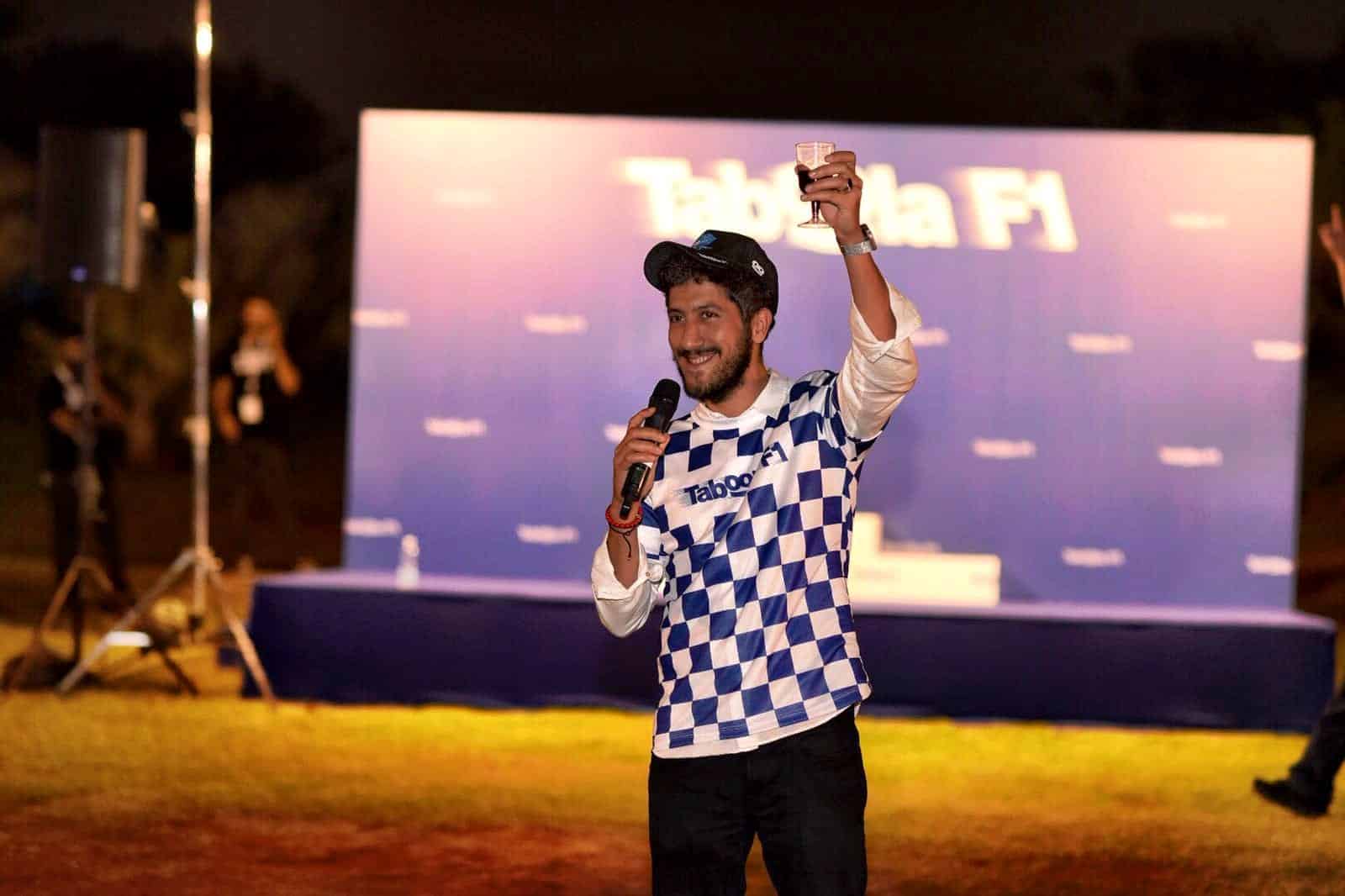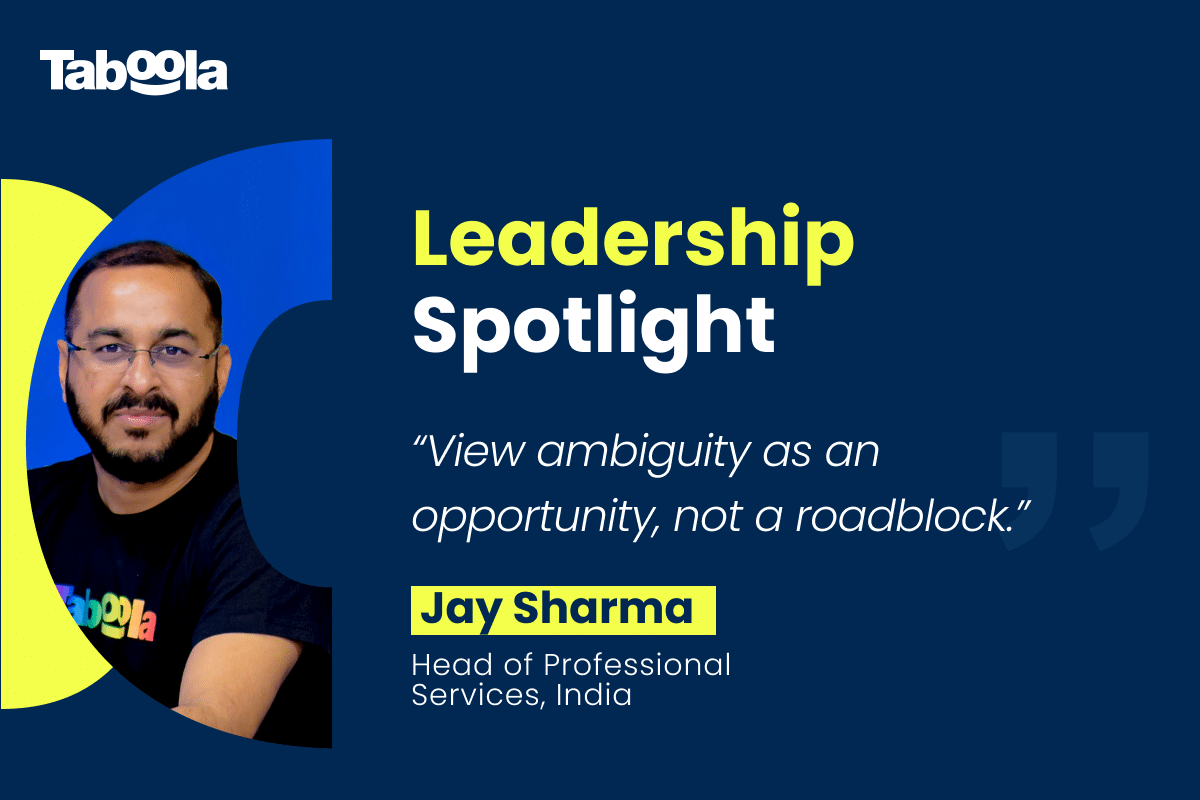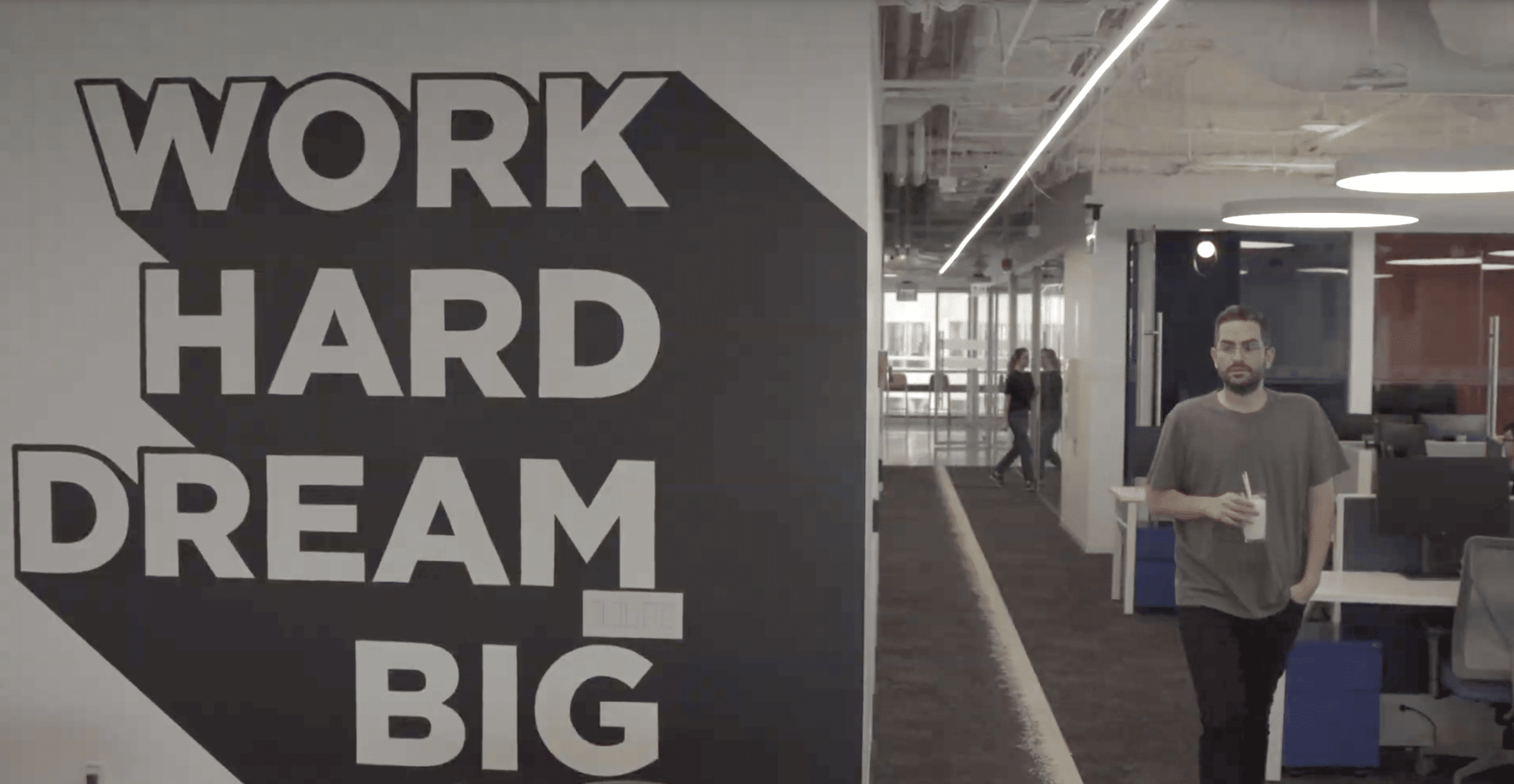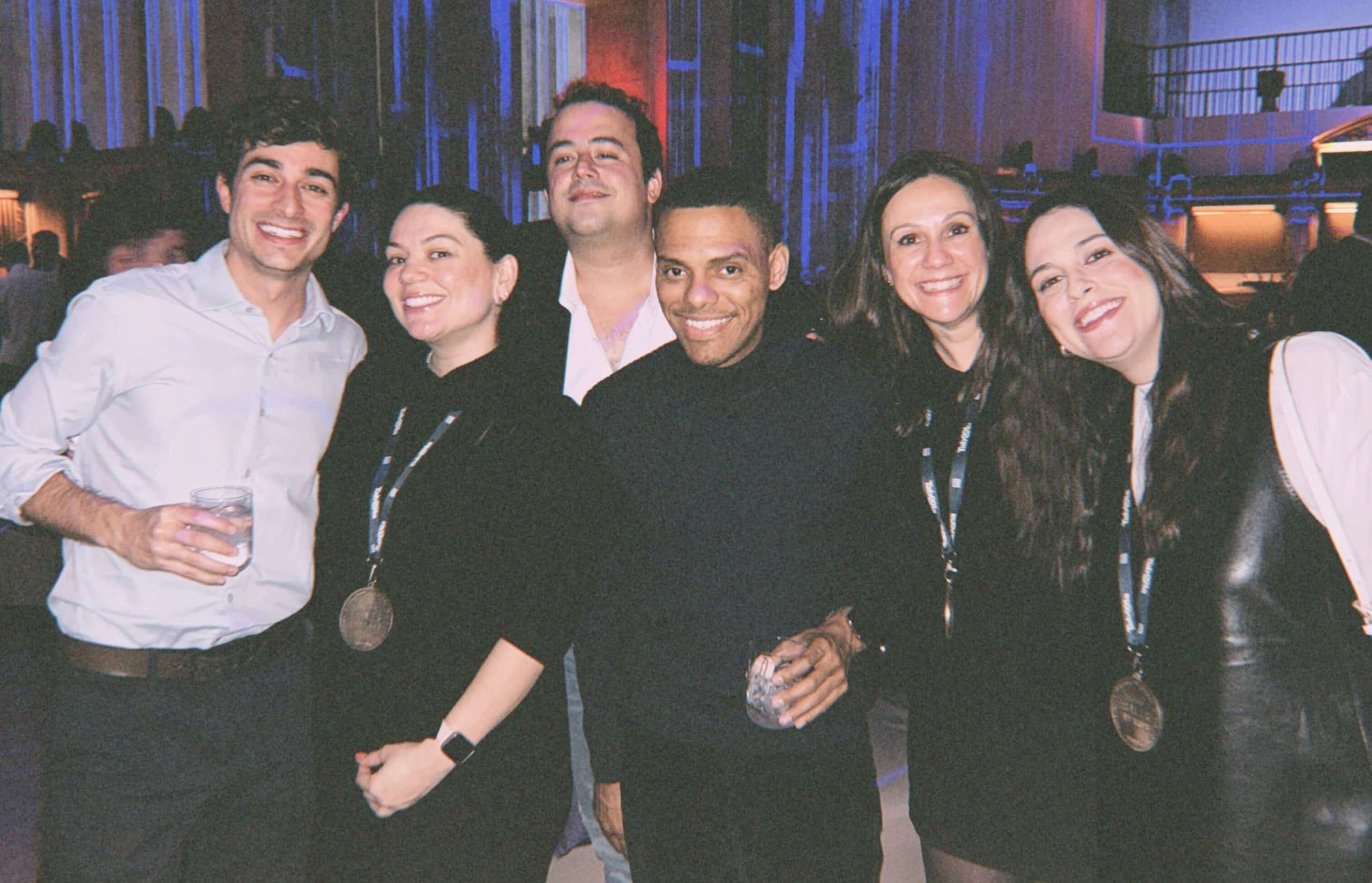I can’t believe it’s been a year since I wrote our 2017 year in review.
So much has happened, it feels like 2018 went by in a flash.
It was the year of cultural events such as the FIFA World Cup, a second royal wedding, the “finger snap” of the Avengers and real proof that if you post too many selfies, you’re a narcissist.
In the US, midterm elections lead to the shutdown of the US government. In Europe, Brexit discussions are still taking place, and in India, the world’s biggest experiment in universal healthcare launched.
On the geeky front, monumental moments were also plentiful, with the DJI Mavic Pro 2 release, and with Tesla proving “mass market production” with the Tesla 3, as well as sending a car to space. TED had its first talk using a hologram (which I strongly recommend, a talk by Yuval Harari about fascism).
In the financial markets, the rally of the past few years was replaced by tremendous volatility; Apple was marked as the first US company to cross the $1T market cap in September, but then lost almost a quarter of its value in the end of year slump to be worth ‘merely’ $740B. It was also 2018 when Microsoft topped Apple as the most valuable company in the world. Bitcoin’s value went from an all-time high of $20,000 in December 2017 and is now being traded at under $3,700, Facebook lost almost 40% of its value from its summer peak, and many others suffered huge losses in share prices ending the year with the worst December in the stock market since the great depression…definitely not boring.
There was lots of talk about centralization vs. decentralization around walled gardens, the open web, cryptocurrency companies and everything in between.
A lot, right?
That’s before I get into the media space.
In 2018, media giants became even bigger through vertical integrations and good old mergers: AT&T bought Turner, Comcast bought Sky, and Sprint merged with T-Mobile. Amazon unsurprisingly blazed into the advertising space and is now the third largest advertising platform in the US after Google and Facebook.
Direct to consumer and OTT became trendier than ever (anyone up for Bombas Socks, Warby Parker specs, or an MVMT watch?), and the internet became officially the largest category in advertising (including TV, Print, Radio, and others).
There is also now enough research to suggest that spending too much time in social media is directly correlated to becoming depressed, but still over two billion people a day are doing it. “Radio” is also back in an entirely new way—we love listening to podcasts, and it’s even becoming a meaningful revenue channel for some publishers.
Privacy and Trust are in the spotlight more than ever, traditional media is forced to defend itself against accusations of bias and fake news. There is a lot of confusion between traditional Machine Learning (ML), Deep Learning (DL) and Bulls*** (BS)—but Deep Learning, AKA AI is real and it’s a big deal. Just look at real time translation, which brought to reality the “babel fish” vision from the Hitchhiker’s Guide to the Galaxy.
All in 2018.
On a personal note, my little Ozzy turned a year old. Having a baby is the ultimate startup, features are launching every week, and on a daily basis we both discover something new. Seeing Ozzy wake up is the best thing I’ve ever experienced. Oz, being only a year old, taught me an important lesson of the power of being present, not holding a phone at all times or doing five things at the same time.
Victoria, my wife, and I are blessed. While we are on the topic of new joiners (to the world)—56 babies have joined our Taboola family this year, building our future growth! :)
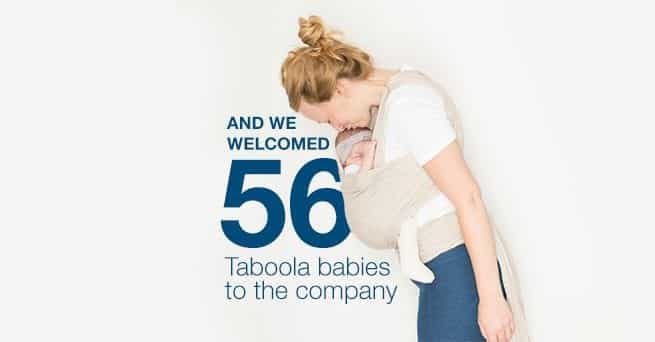
So much has happened to us Taboolars, and our partners all around the world. Here are some of the highlights from our joint work in 2018.
People do business with people.
In 2018 we passed the 1,000 people mark, and I can see how Taboola will become a 10,000 person company. Over 200 people apply to join Taboola on a daily basis. We hired 30-40 people a month in 2018, and are growing even faster in 2019. We promoted nearly 20% of our employees this year. 70% of all employees have referred a friend or colleague to join us. As a company, we had 2,918 flights, and 40 offsites between our various teams in 2018. We constantly invest in staying very transparent as a company, from sharing our financials, to speaking about mistakes openly and on a regular basis—and I think we can do even more. When Eldad Maniv, our President & COO, and I have our quarterly all hands for Taboola, we leave 30min for open and “real time” questions. We refer to this time as “ask us anything” (and oh let me tell you—people ask us some tough ones :-)). I always think in terms of “superpowers,” and when I look at Taboola I have no doubt the combination of our culture and people is our superpower. Lior Golan, our CTO is nearly 10 years with me, Eldad 7, David our CFO 5, Aviv our SVP R&D 11, Neomi our VP of HR 8, and the list goes on. People who run this company stay for a long time. Since we were 15 people, we’ve cared about each other, we care about our partners—and we talk about the type of values we want Taboolars to have constantly. While having the best technology is important, in 2018 more than any other year I think we realized that empathy is a powerful trait that is needed in a company’s DNA, and in the end—people do business with people.
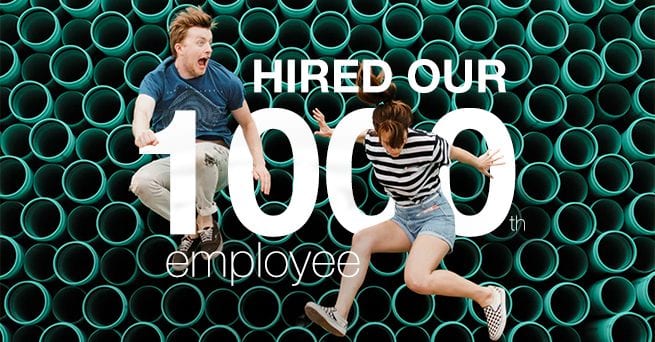
Business stats you may like—keeping focus on fast growth.
We’ve grown really fast. The total number of times people clicked on Taboola in 2018 is 2x more than any other company in our space. This tremendous growth is a result of us partnering with major and premium publishers during the year.. and stay tuned for exciting partnership announcements coming up with some of the world largest digital properties!
- Our top line revenue grew 65% over the last two years
- Our EBITDA was already tens of millions two years ago, and and over the last 2 years grew by over 200%.
- We’ve opened new offices in Mexico City, Madrid, Paris, Berlin
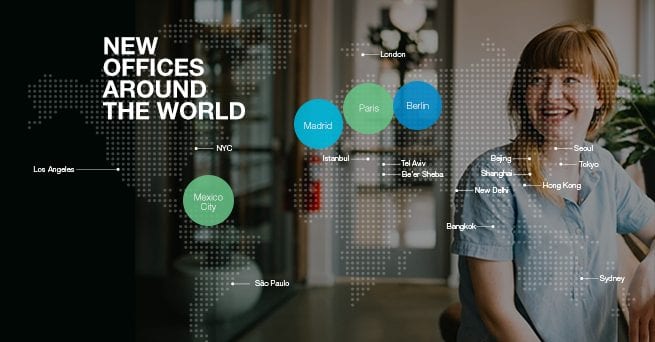
Fake News and reviewing the internet.
This year I had many philosophical conversations with people about what level of responsibility companies should have, where to draw the line, what is fake and what is not, what is ok and what is not—what should be a searchable piece of information, what should be a shareable piece of information, and in our case what should be a recommendable piece of information. I’m very proud of Taboola’s approach to this on multiple fronts. I think at the end of the day a company’s character is defined by its intent—the consistency of its behavior, what methods it puts in place to learn, how it chooses to collect knowledge, and how it reacts to mistakes. In our case, we believe that to solve a human problem—you need humans. We have a full time internal team of 50 people reviewing content against our public policy. Our intentions are public, and our behavior is consistent. If we make mistakes, we fix them. Just this year, I was on the ReplyAll podcast, a very popular one. The topic was about a piece of content we were asked to remove, and while I wasn’t sure I should take the podcast initially, I decided the only way to advance the topic of how it’s best to review the Internet, categorize it, and filter it, even if it’s not an easy topic—is to discuss it. So I did. And we addressed the ask within days. In general, this is a microcosm of our culture at Taboola. Nobody is immune from answering any question, no matter what your title is or how long you’ve been here, and we make decisions as a team using data, logic and conversation rather than pulling rank. I love it, and I hope it never changes. I can also tell you we intend to grow our content review team as we grow our company, we now review a million URLs every month in multiple languages, and I have no doubt this trend will continue.
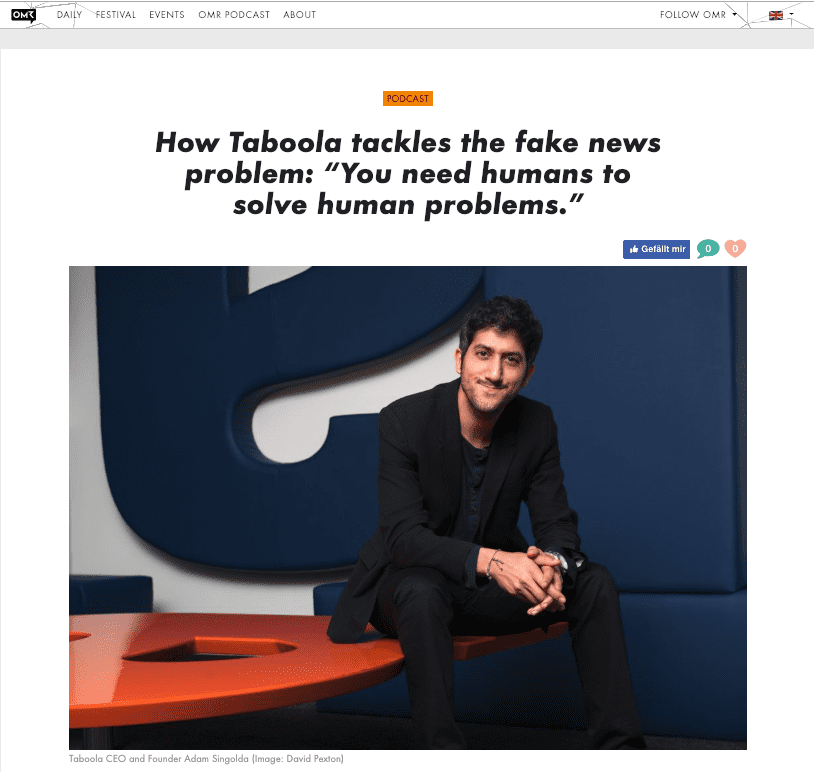
Helping advertisers and businesses succeed.
We launched Smart Bid this year—an ability to automatically adjust cost per click (CPC) for advertisers to help them reach their conversion goals as their messages are being recommended on the open web. This feature launch was our most successful ever, with both great results for advertisers and huge adoption within the first three months of its launch. In 2017, we officially launched our Data Marketplace, enabling advertisers to layer their first-party data and selection of third-party data to reach their target audience and drive better results. By 2018, 40+ data providers across all GEOs are part of our marketplace and we have launched lookalike and CRM targeting and suppression capabilities. We got into video as part of our acquisition of ConvertMedia two years ago. This year, video crossed the $200M revenue run rate mark, which means we were able to attract brand advertising dollars from the $20B market. Not only do they go to YouTube and social, they are also shared on the open web and alongside quality journalism. We’re still small, but growing in the right direction and pace. We continued our self-service expansion globally, and in 2018 launched in Japan, Brazil and India as markets where advertisers can sign up with just a credit card and run successful campaigns on Taboola. Companies like Flare Audio are able to fight a competitive industry of headphones, and win market share. Taboola is a part of that, enabling people to discover their awesome product before they even knew their brand.
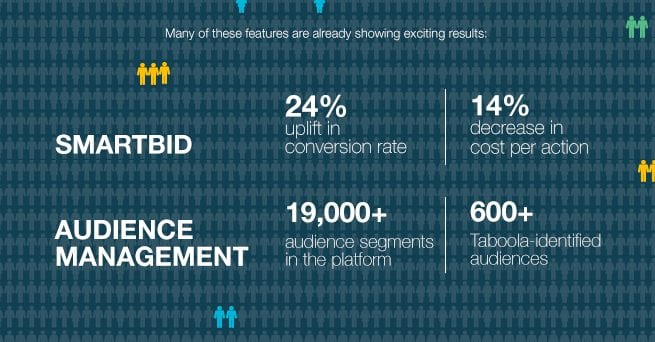
Driving meaningful growth to quality publishers and journalism.
- We reach 1.4B people a month (half the internet).
- One piece of content was recommended more than 2 billion times in 2018!
- People click on a Taboola recommendation 20 billion times a year.
- Over 30% of our business is now using Taboola Feed, only a year and a half since we launched it.
We announced our first third-party card that can be integrated into our Taboola Feed in 2018 and more to come. AdAge reported the availability of a content card developed by the Weather company, enabling our publishers partners to surface the local weather for free on their Taboola Feed. Enabling a free and open Web goes beyond the “top 100 publishers in any market”—our small and mid-sized publisher business has been growing rapidly over the course of 2018, and I’m excited to say Taboola is already paying hundreds of millions of dollars a year to support small and mid-sized publisher partners annually. We partnered with some of the most innovative digital companies in the world in 2018—companies like Axel Springer in Germany, Le Figaro in France, Walla! in Israel, NDTV in India, Sankei in Japan, and Slate in the US.
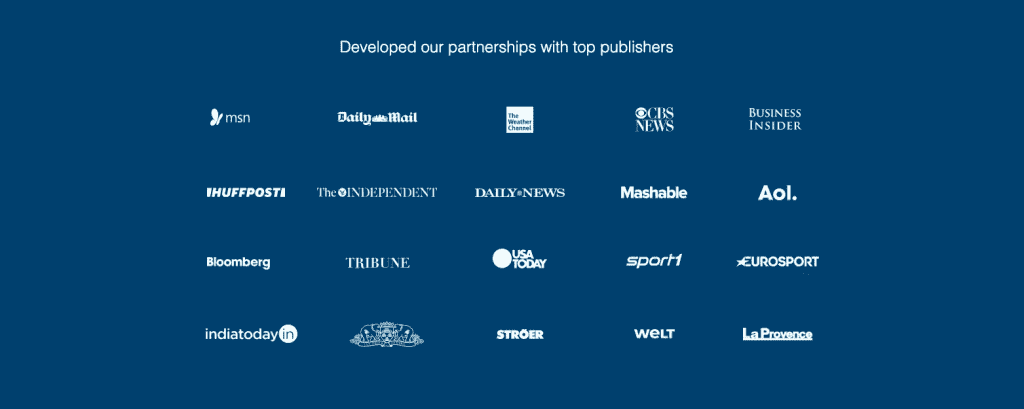
Taboola News: bringing content feeds to cars, voice, fridges and everywhere people are.
We spent the first 11 years at Taboola building our technology, building relationships with thousands of publishers and marketers, creating proprietary data sets around “moments of next”—those moments where people discover things that are new and interesting to them as they surf the web. In 2018, we launched a whole new service called “Taboola News,” which is geared towards taking our data, our tech and premium publisher partners in 50 markets and creating personalized mobile news feeds that users find useful and interesting. By doing that, we not only create a great user experience, but are also trying to solve one of the biggest risks of the future of journalism, which is how to drive new and loyal readers to the open web versus having people stay in the walled gardens of social. The best way we see to bring hundreds of millions of people to the open Web to read quality news is to look for more places that people spend their time, and introduce them to things they may find new and interesting there. We started partnering with Mobile Telcos, and handset manufacturers such as ZTE, vivo and others. We also partnered with car riding apps, so that when people are waiting for their ride, they can check the news in their community and nationwide, and just recently we announced a strategic partnership with Via. As I think of the next few years, our goal is to be integrated into hundreds of million of devices and services, bringing our partners into those new pockets of user attention, where there is a massive opportunity to bring loyal, engaged readers into the web. This can be as big as SEO or social traffic.
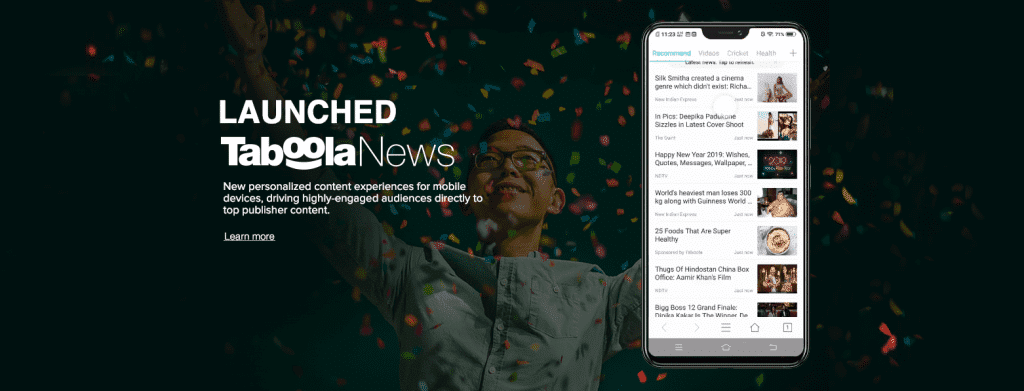
Thank you.
I wanted to take a moment to thank all Taboolars out there in our 17 offices around the world. None of this magic would have happened if you all didn’t hustle, have a sense of urgency, if you didn’t care so much, and have empathy towards our partners and towards each other. Our biggest advantage, which is the hardest to copy, is our culture. It’s the main reason we’re here to tell our story. I also want to thank our 10,000 partners, our investors who support us and keep pushing us forward. Thank you all, and soon enough we will write our 2019 year in review, so make every moment count, be present, listen…and I wish you all to discover something you may like and never knew existed :-)
For the full 2018 Infographic click here.
